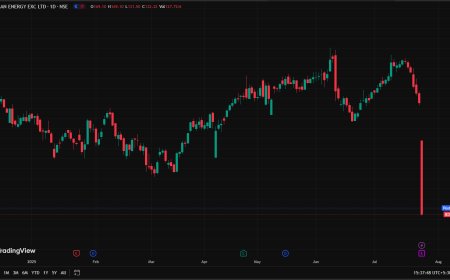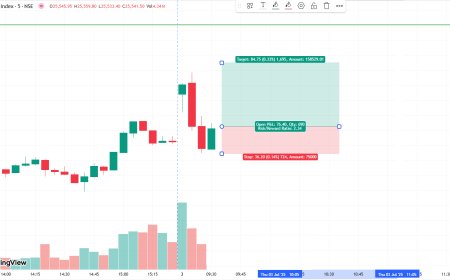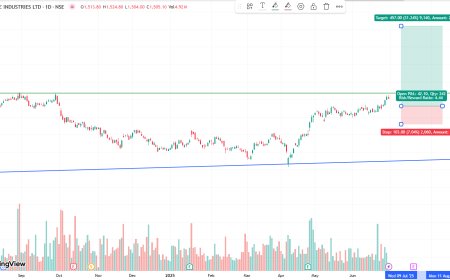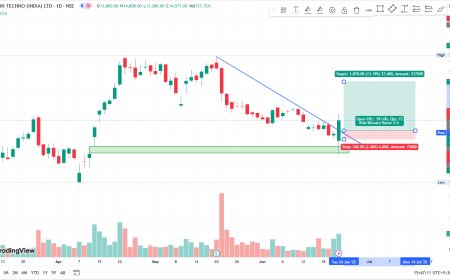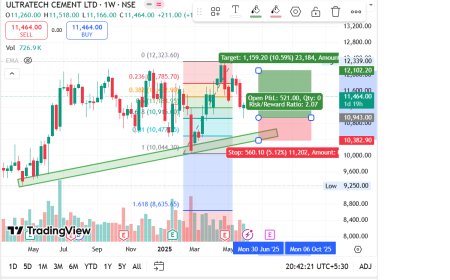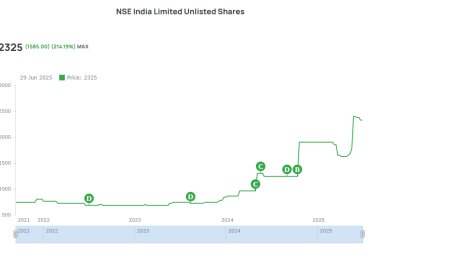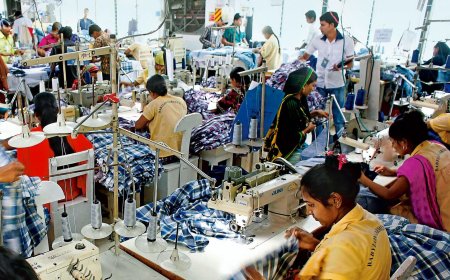India's Labour Force Survey Reveals Key Insights into Employment Trends and Economic Participation
India’s latest Labour Force Survey reveals a drop in unemployment, rising female participation, and urban job growth. Get detailed analysis and investor implications.

Introduction: Labour Force Survey Sheds Light on India's Economic Pulse
The Ministry of Statistics and Programme Implementation (MoSPI) has released the latest Periodic Labour Force Survey (PLFS) for the July 2023–June 2024 period, offering critical insights into India’s employment landscape. The survey, which provides granular data on employment, unemployment, workforce participation, and gender-based economic activity, comes at a pivotal time as India positions itself for sustained economic expansion amid global headwinds.
The findings reflect notable progress in urban employment indicators, changes in rural job dynamics, and an evolving gender participation narrative, offering valuable guidance for policymakers, businesses, and investors alike.
Key Highlights from the Labour Force Survey 2023–24
-
Urban Unemployment Rate Declines: The unemployment rate in urban areas declined to 6.6% in January–March 2024, compared to 6.8% in the same quarter of the previous year.
-
Labour Force Participation Rate (LFPR) Rises: Urban LFPR increased to 50.2% from 49.1%, indicating improved job-seeking sentiment and broader inclusion in the workforce.
-
Female Participation Sees Encouraging Uptick: The female LFPR in urban areas rose to 23.4%, up from 21.9%, signaling a positive shift in women's economic involvement.
-
Worker Population Ratio (WPR) Strengthens: Urban WPR rose to 46.9%, from 45.8% in Q4FY23, showcasing better employment absorption.
Analysts View Labour Data as a Barometer of Recovery
Economists and market analysts have largely welcomed the survey results as a sign of continued post-pandemic recovery and structural improvement in labour participation.
“The rise in LFPR and WPR, especially among urban women, is an encouraging sign. It indicates not just economic recovery but also socio-cultural progress,” said Sonal Varma, Chief Economist at Nomura India. “However, we must remain cautious about underemployment and disguised employment, particularly in rural sectors.”
“The decline in unemployment rate, although gradual, aligns with rising formal job creation in key sectors such as services, technology, and construction,” noted Devendra Pant, Chief Economist at India Ratings.
Sector-Wise Employment Trends: Services and Manufacturing Dominate
The data suggests that employment gains have been particularly strong in:
-
Services sector, especially IT-enabled services, healthcare, education, and retail.
-
Construction and manufacturing, driven by government capex and infrastructure push.
-
Gig economy roles, including app-based delivery, transport, and freelancing, particularly in Tier 1 and Tier 2 cities.
However, agriculture, which still employs nearly 40% of the workforce, showed mixed signals, with rural underemployment remaining a challenge.
Urban-Rural Divide Still Persists
Despite improvements in urban labour dynamics, the rural employment landscape remains fragile. The informal sector continues to dominate rural employment, with seasonal variations influencing job availability.
“Rural employment suffers from a lack of diversification. A strong push for rural industrialization and skilling is needed,” said Ritika Mahajan, Professor of Economics at JNU.
The survey reaffirms the importance of schemes like MGNREGA, rural skilling programs, and entrepreneurship support as buffers against rural joblessness and migration.
Gender Disparity Narrowing but Gaps Remain
One of the most striking insights from the PLFS is the gradual increase in female labour participation, especially in urban areas. Female LFPR has been on an upward trend for the past five quarters. However, the quality of employment and representation in high-skill sectors remains skewed.
While education levels and digital access have improved, social barriers, lack of childcare facilities, and safety concerns continue to limit broader female workforce integration.
Youth Employment and Skilling Gaps
Youth unemployment, though improving, still remains above 16% for the 15–29 age group. The gap between academic qualifications and market-relevant skills continues to pose a problem.
“There is a critical need to align higher education with employability. Skilling, apprenticeships, and industry-academia partnerships must be scaled up,” said Ajit Ranade, economist and vice chancellor of Gokhale Institute.
Implications for Investors and Markets
From an investor’s lens, the PLFS data underscores the broadening of India’s consumption base as more individuals, especially women, enter the workforce. Rising employment in services and manufacturing bodes well for consumer goods, retail, housing, and fintech sectors.
The formalisation trend, driven by digitization and GST compliance, suggests more accurate demand forecasting, which can benefit listed companies operating in the organized sector.
“We see tailwinds for sectors linked to job creation—banking, housing, auto, and discretionary spending,” noted Rahul Arora, CEO at Nirmal Bang Institutional Equities.
Policy Takeaways and the Road Ahead
The data from the PLFS reiterates the need for:
-
Labour law simplification to boost job creation in the formal sector.
-
Targeted skilling programs, especially for youth and women.
-
Encouragement of MSMEs and start-ups, which are pivotal for grassroots employment.
-
Strengthening social security nets, including ESI, PF, and health insurance for informal workers.
With India aiming to become a $5 trillion economy, labour market reforms and job-rich growth will remain central to achieving inclusive development.
India's latest labour force data paints a picture of measured progress amid persistent challenges. Urban job creation, greater female participation, and services-led employment growth are positive trends, but issues like rural underemployment and youth skilling need urgent attention.
As India continues to evolve into a more formalized, urban-centric economy, these insights offer both opportunities and areas of caution for stakeholders across sectors.
What's Your Reaction?
 Like
0
Like
0
 Dislike
0
Dislike
0
 Love
0
Love
0
 Funny
0
Funny
0
 Angry
0
Angry
0
 Sad
0
Sad
0
 Wow
0
Wow
0





































